Search
Summary 
Loading AI-generated summary based on World History Encyclopedia articles ...
Search Results

Definition
Iranian Revolution
The Iranian Revolution (1978-1979) was the social movement that arose from widespread and diverse discontent with the monarchic government of Iran. The revolution was fought against the regime of Mohammad Reza Shah (r. 1941-1979), and it...
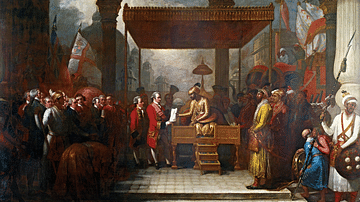
Image
Robert Clive & Shah Alam
An 1818 painting by Benjamin West showing Robert Clive (1725-1774), Governor General of Bengal and representative of the East India Company, meeting the Mughal emperor Shah Alam in 1765 to gain tax collecting rights. (British Library, London...
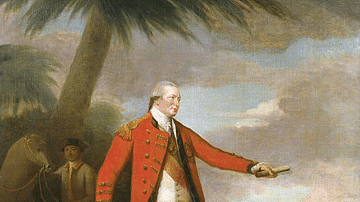
Article
Battle of Buxar
The Battle of Buxar (aka Bhaksar or Baksar) in Bihar, northeast India, on 22-23 October 1764 saw a British East India Company (EIC) army led by Hector Munro (1726-1805) gain victory against the combined forces of the Nawab of Awadh (aka Oudh...

Article
Royal Women in the Mughal Empire
It was not only the Mughal emperors that left an indelible mark in the history of the Indian subcontinent but also the queens and princesses. The latter's contributions to art, architecture, literature, cuisine, refinement, and administrative...

Article
Mandu - City of Joy
The city of Mandu is situated about 35 km from Dhar in the Madhya Pradesh region of northern-central India. Most of the city's monuments date to the 15th and 16th century CE. The city is located on a hill which rises 633 m above the sea level...
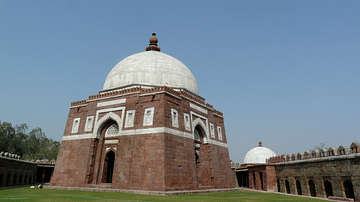
Definition
Tughlaq Dynasty
The Tughlaq dynasty (also spelt Tughluq), ruled the Delhi sultanate from 1320 to 1413. Followed by the Khalji dynasty and preceded by the Sayyids, the Tughlaq dynasty formed an important period in the history and culture of the Sultanate...
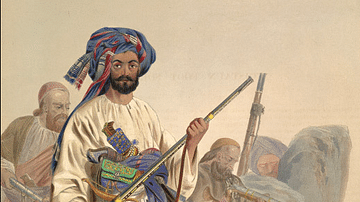
Definition
First Anglo-Afghan War
The First Anglo-Afghan War (1838-42) was fought between the British East India Company (EIC) and, the Emirate of Afghanistan, the ultimate victor. The British were keen to control Afghanistan as they feared Russian expansion into South Asia...
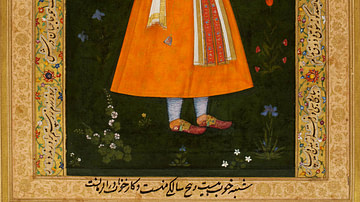
Image
The Emperor Shah Jahan as a Prince
The third Mughal Emperor Akbar's (1540-1605) grandson Shah Jahan (1592-1666) as a young prince. He would become the fifth Mughal Emperor and hold the title of Shah Jahan the Magnificient. Opaque watercolour and gold on paper, by Abu'l Hasan...

Image
Portrait of Shah Jahan
Portrait of Shah Jahan (1592-1666), ruler of the Mughal Empire from 1628-58, drawing in pen and brown ink, with brown wash applied by brush, by Dutch artist Rembrandt van Rijn, c. 1656-61.
The Cleveland Museum of Art, Ohio, USA.
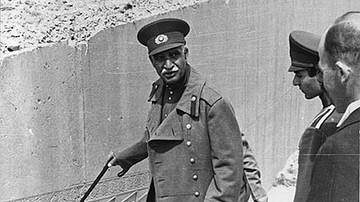
Image
Reza Shah in Persepolis
Reza Shah Pahlavi (r. 1925-1941) and his son and successor Mohammad Reza (r. 1941-1979) in Persepolis, c. 1939.